BERNHARD C.F. KLEIN MEMORIAL COLLECTION
No. 6045A. Northrop N-2B XP-56 (41-786, 42-38353) US Army Air Forces
01/22/2007. Remarks by
Dave Simpson: "This first prototype, serialed 41-786, was built with abreviated tail surfaces. It was not painted initially but left in bare metal with minimal USAAF markings applied, so it was really nice to see that at some point the aircraft was "dolled up" in regular USAAF style livery, quite possibly after rework from the initial taxiing difficulties. This aircraft first underwent trials on April 1943 at which time it was found to experience dangerous yawing during high-speed taxiing so it had the landing gear reworked including new manual hydraulic brakes.
Second prototype (42-38353) (
Jack Fisher Collection)
Second prototype (42-38353) (
Bill Pippin Collection)
Second prototype (42-38353)
The second prototype, serialed 42-38353, had considerable alterations, the center of gravity was moved forward, the upper vertical surfaces were
enlarged, and novel wing tip bellows were added to operate split flaps in the drooped wing tips for added directional control but basically the same Pratt & Whitney R-2800-29 radial engine was retained. This aircraft was delivered already painted in standard USAAF livery, and despite the nickname
"Black Bullet", the XP-56s were never painted black. First flight was made by test pilot Harry Crosby, also from Muroc Dry Lake, on March 23, 1944.
The pilots were complaining of heavy controls, excessive fuel consumption, tail heaviness on the ground and that the nose wheel would not lift off the ground at speeds less than 160 mph (257 kmh). Flight testing had also revealed that the aircraft was not able to attain the estimated manufacturers performance numbers, so by May 30, 1944 it was decided that the
NACA should use their large wind tunnel at Moffett Field to acertain what was limiting this airframe... So it appears that after the tenth flight the aircraft was parked to await testing that never happened due to NACA having other more pressing commitments... One can only wonder what they would have discovered."
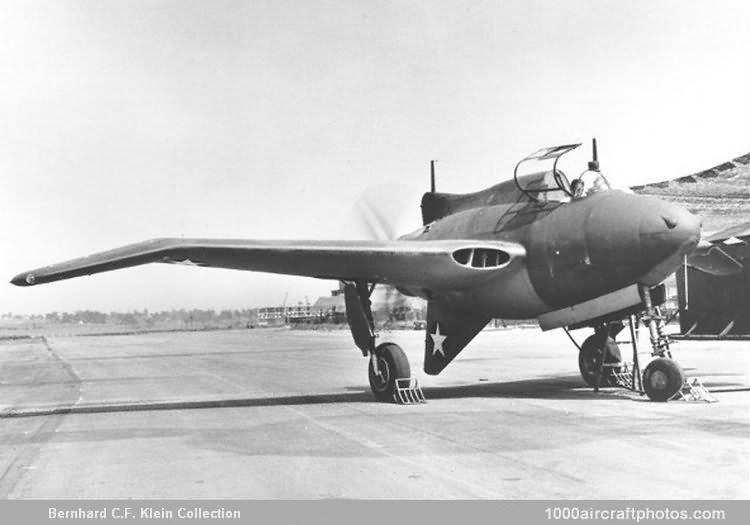

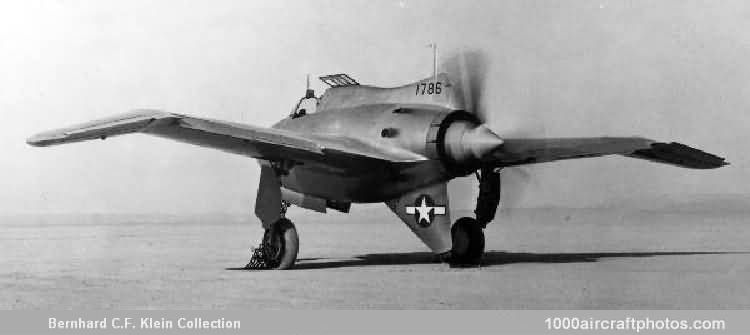
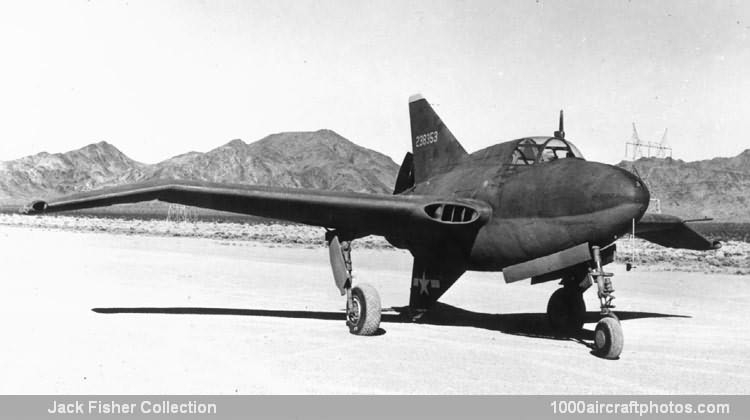
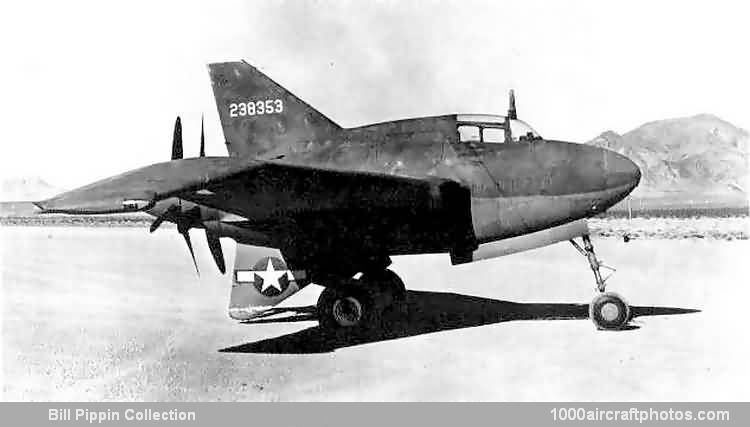
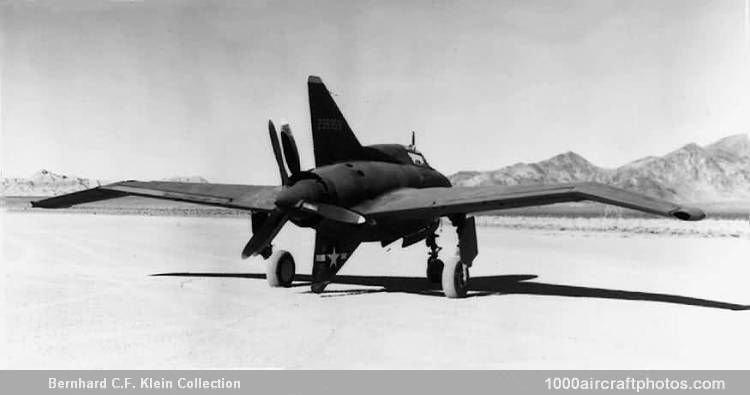
_3-view.jpg)